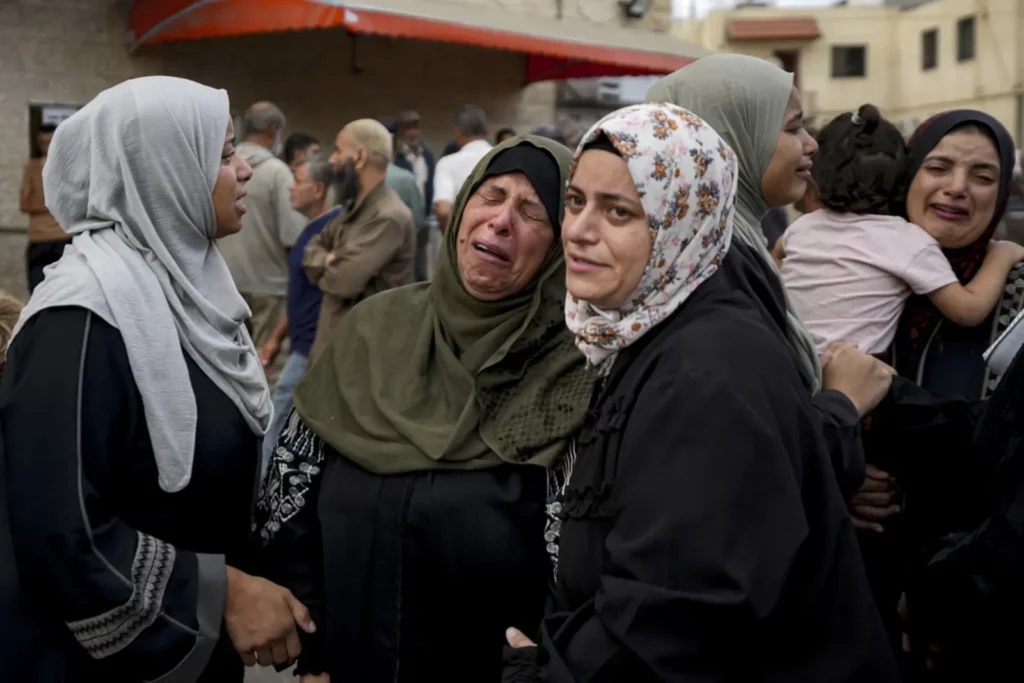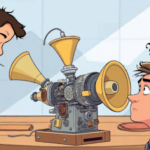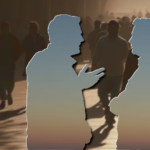As the world watches the war rage between Israel and Hamas, there are new catastrophes on an
almost daily basis. Whether the news focuses on an individual heartbreak or a mass casualty, there is no
shortage of tragedies on either side of the conflict. As of March 5, 2025, the death toll surpassed 50,000.
Online forums are filled to the brim with passionate division of perspective, and the sharing of those
viewpoints often bursts forth in vitriol so searing that many are banned. It’s easy to feel overwhelmed and
desperate in the face of so much anger and loss in the world. Is it possible to help? Would any action even
make a difference?
One face that often appears in global tragedies is that of the widow. While she takes a different
guise; sometimes prostrate with grief, sometimes mute in her mourning, she is nevertheless always
captured on the fringes as the leftover casualty in conflicts since time immemorial. She is not an exciting
figure. The widow is the shame of it all, the reminder of the helpless victim and the price that must be
paid, and when the cameras turn to her, we can only take the image of her agony briefly before we turn to
a more comforting emotion, usually outrage, at the provocateur of all this carnage. The news cuts away
from the specter of sorrow and gives us the politicians and insurgents so we may be safely indignant
again.
Widows and widowers populate the world; they are in every country, every city and most likely
every street of the world where there are enough people to make a town. They may not have lost a spouse
to conflict, but they feel the same sting of loss. They also share a common trait: they are deemed invisible
by society in their suffering. As surely as the news crew cannot keep the lens trained too long on an
anguished war widow, our eyes glide over the bereaved walking amongst us. We don’t want to join them
in the land of mourning they inhabit.
Yet loss is a part of life. We see it, we know it, and we understand that, even if we seek to distance
ourselves from that harsh reality. We bump up against it when we turn on the news to see a war halfway
across the world. We wish to alleviate suffering in others … and in ourselves. But how?
Connection is the most essential way to alleviate grief. At the same time, it can mitigate the fear
we hold in ourselves for events unfolding in the world and even in our communities and our families. Dr.
Wendy Lichtenthal, a psychologist at Memorial Sloan-Kettering Cancer Center, believes that finding
meaning in life by connecting to others is of utmost importance after experiencing a loss. It is the best
way to learn to co-exist with grief.
Finding ways to connect with a grieving family member or friend isn’t as daunting as it may seem.
Sometimes it’s as simple as reaching out with an occasional text to let the person know you are thinking of
them and building on that. In this era, there are more ways to communicate than ever before, and finding a
medium that is comfortable is important. If you like to talk, then call. If you like to write, send an e-mail
or letter. Prefer to see the person? Visit or video chat. Your attention will not go unnoticed and will be
much appreciated.
How will sending a text to Aunt Sally or calling your grandpa going to solve the war in the middle
east? It won’t, not overnight. It will, however, make a real and lasting change, today, to a person in a part
of the world that you can influence. It’s doing something, now, today, right this minute, instead of
worrying and spreading negativity online in ways that are not instantly persuasive. Helping a person in
need will have effects that will spread far beyond what you may be able to see, and that change will most
certainly be a positive factor: for yourself, your family, your community and the world at large. Can you
do more? Possibly. Find out. But while you are researching, do this and know that good will flourish in
your wake. Get started now.
Who will you connect with to start changing the world for the better?



